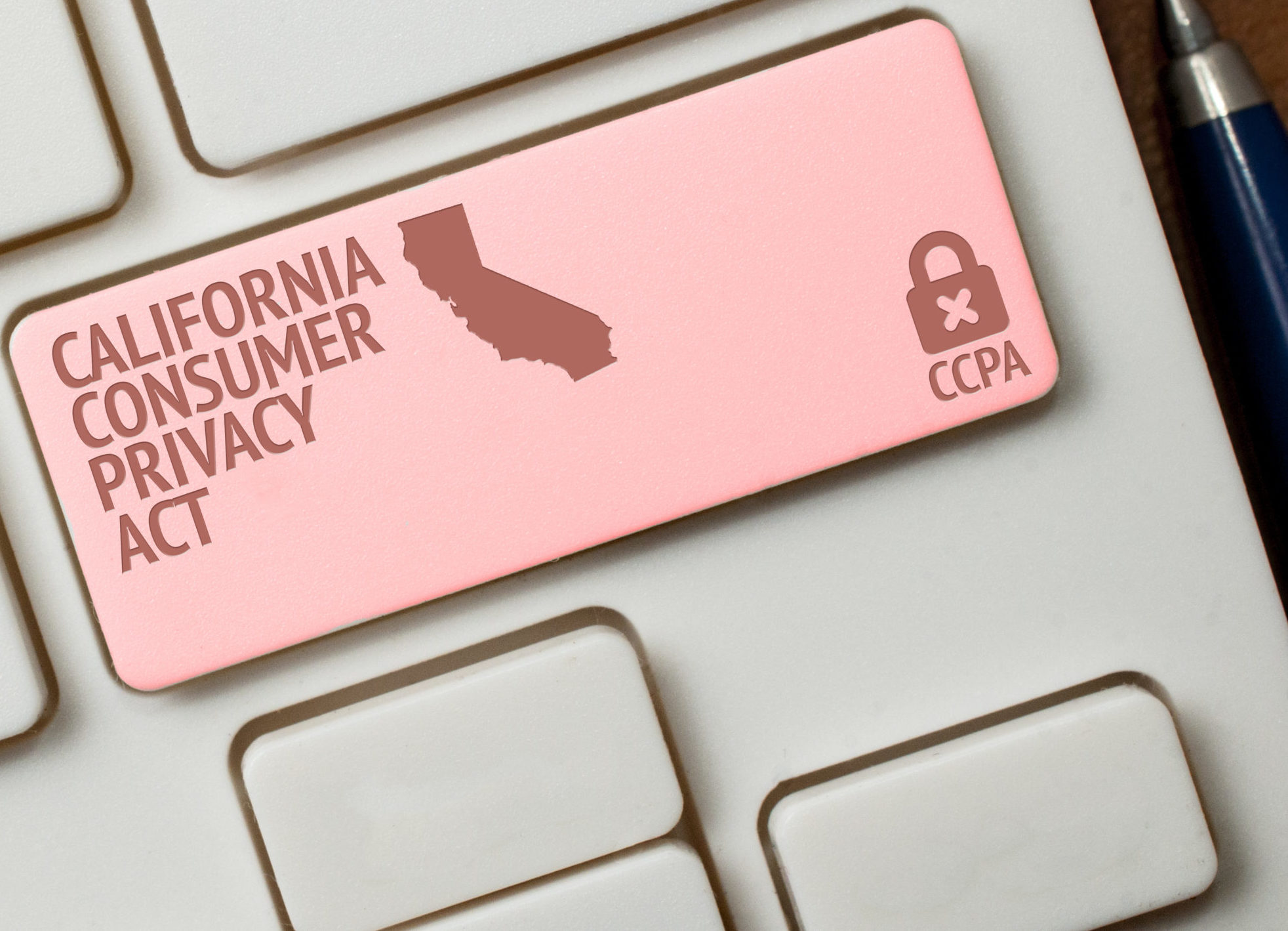Send With Confidence
Partner with the email service trusted by developers and marketers for time-savings, scalability, and delivery expertise.

Time to read: 4 minutes
Compliance with CAN-SPAM and the GDPR does not ensure compliance with the CCPA.While there are some similarities in the protections provided by each law, their individual legal obligations do not necessarily overlap, so be sure to know how each law affects your strategy. For more information about specific regulations and obligations under the CCPA, check out the California Attorney General’s Fact Sheet.
Partner with the email service trusted by developers and marketers for time-savings, scalability, and delivery expertise.